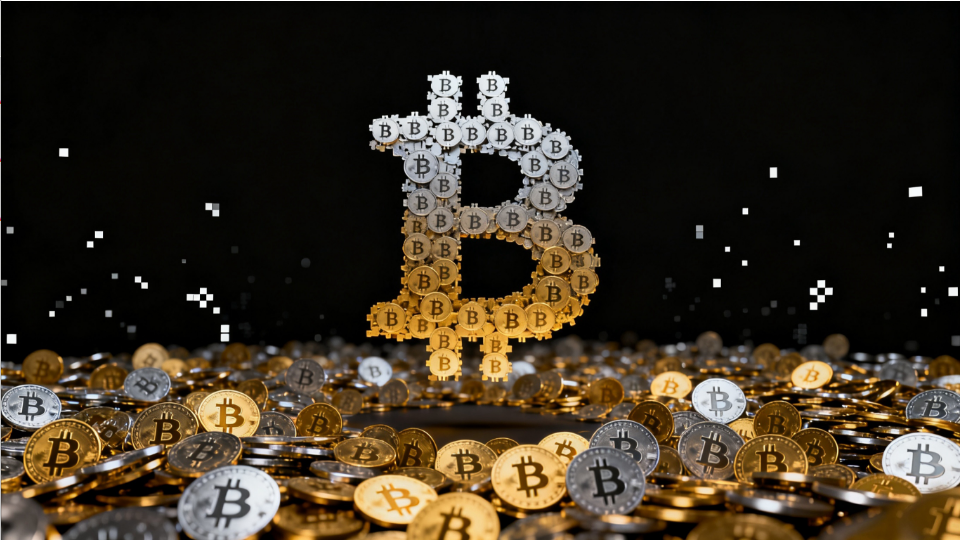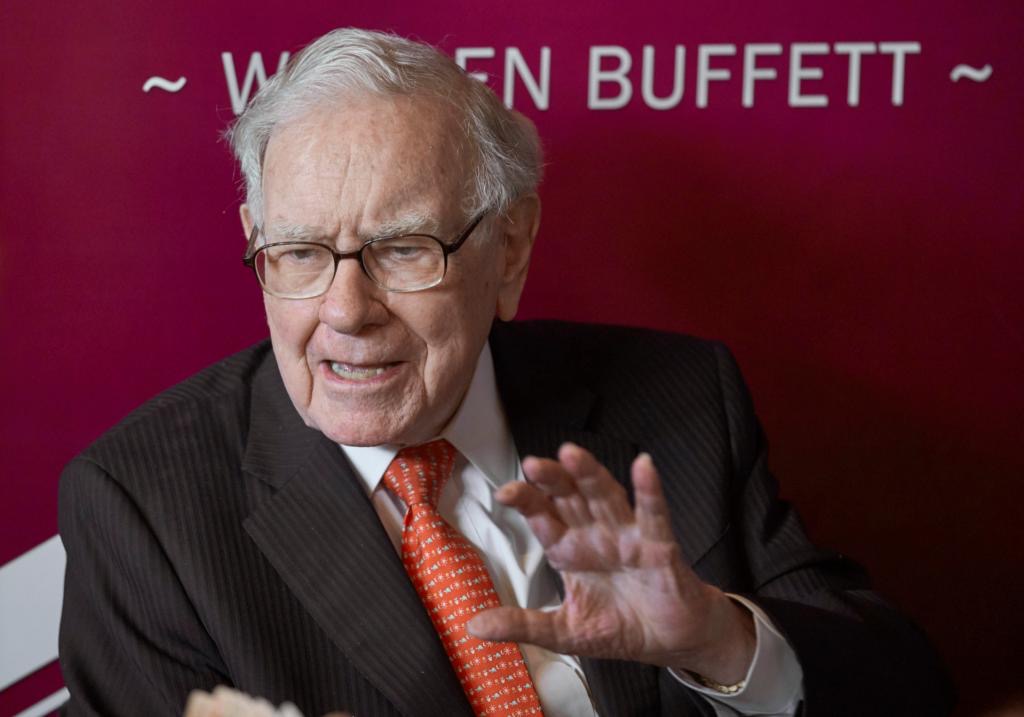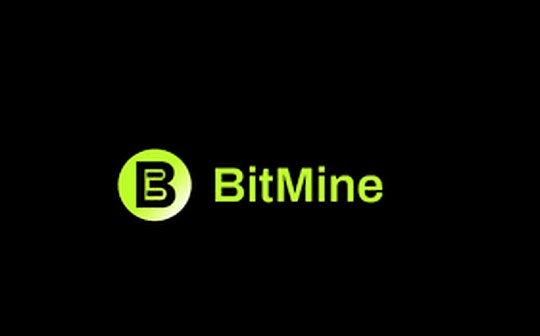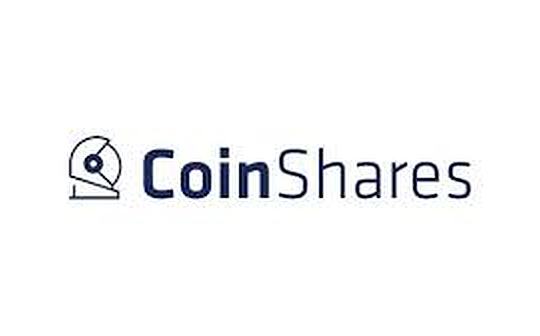
Stablecoin
In the wave of digital assets, stablecoins have leaped from the periphery of the crypto market to become a core bridge connecting traditional finance with the digital future. As Wall Street giants enter the fray, what we are witnessing is no longer a small-scale financial experiment, but a strategic battle for position concerning future payments, settlements, and even the global financial landscape.
From J.P. Morgan's JPM Coin, to payment giant PayPal's full embrace of USDC, and BlackRock's quiet布局, each move heralds the arrival of a new era. Today, let's delve into why these financial giants are collectively "obsessed" with stablecoins, and explore their strategic logic, application scenarios, and future trends.
Why Are Financial Giants Scrambling?
Cross-border Payments in Seconds: What used to take days now happens in minutes!
Plummeting Fees: Reduced intermediaries slash costs by up to 80%!
A Gateway to Digital Finance: Paving the way for future digital currencies and the blockchain ecosystem.
Maximized User Stickiness: One-stop solution for payments, investment, and cross-border transactions.
JPM Coin: The Banking Giant's "Internal Settlement Tool"
As the first bank on Wall Street to "eat the crab," J.P. Morgan's JPM Coin, since its inception in 2019, has had a clear positioning – an internal settlement network dedicated to serving enterprise-level clients.
JPM Coin is strictly pegged 1:1 to the US dollar and operates on its private Onyx blockchain network. It is not a publicly issued cryptocurrency but rather a "digital dollar" provided by J.P. Morgan for its corporate clients, used for instant payments and settlements worldwide.
The success of JPM Coin lies not only in reducing cross-border settlement costs but, more importantly, in providing J.P. Morgan with an ideal platform to test the practical potential of a "digital dollar" and laying a solid foundation for future integration with CBDC networks.
PayPal & USDC: The Tech Giant's "Retail Payment Revolution"
If JPM Coin represents the bank's "elite route," then PayPal's embrace of USDC sounds the charge for stablecoins entering the mass retail payment arena.
PayPal did not issue its own stablecoin but instead chose to deeply cooperate with USDC, issued by Circle and highly reputable in the market. Users can directly buy, sell, hold, and use USDC for payments within the PayPal and its Venmo apps.
With its massive user base of over 400 million, PayPal's support for USDC has significantly boosted the adoption and real-world application of stablecoins. This move not only consolidates PayPal's leading position in digital payments but also sets an example for how tech companies can securely and compliantly enter the stablecoin track.
BlackRock: The Asset Manager's "Efficiency Optimizer"
As the world's largest asset manager, BlackRock takes a broader view, seeing stablecoins as a key tool for optimizing financial market infrastructure and enhancing asset management efficiency.
In traditional securities trading, clearing and settlement typically take two days. By using tokenized cash or securities instruments, transactions can achieve atomic settlement – "delivery versus payment" – drastically reducing counterparty risk and the occupancy of funds in transit. For BlackRock, managing trillions of dollars in assets, this means an exponential improvement in efficiency and security.
Citi / Standard Chartered: The "Experimental Pioneers" Exploring the Future
International banks like Citibank and Standard Chartered are also actively conducting internal stablecoin experiments. Their goal is to explore broader enterprise-level applications and future interoperability with CBDCs.
Projects from these banks, such as Citi's "Citi Token Services," focus on corporate cross-border payments, trade finance, and digital asset clearing. By simulating the issuance of stablecoins pegged to various fiat currencies, they test more complex financial scenarios within internal networks, such as smart contract-driven automated supply chain finance.
The ultimate goal of these experiments is to establish a global digital settlement network capable of seamlessly connecting with various central bank digital currencies. When the CBDC era arrives, these banks, leveraging their mature technology and operational experience, will become core hubs connecting public infrastructure with commercial applications.
Regulatory Challenges & Trust
Regulatory Challenges: Especially for retail-facing stablecoins, they face extremely stringent financial regulations. Meta's Diem project was ultimately shelved due to a united "crackdown" by global regulators, serving as a profound lesson.
Trust and Security: The "stability" of a stablecoin comes from the transparency and reliability of its pegged assets. Any doubts about the reserve assets can trigger a crisis of confidence. Simultaneously, as systems operating 7x24, their technical security and ability to prevent vulnerabilities are crucial.
Core Conclusion
Stablecoins have evolved from a "crypto-native" concept to a core pivot in the digital strategies of financial giants. Banks are using them to reshape the underlying logic of corporate settlement, reducing costs and increasing efficiency. Tech companies hope to use them to create borderless retail payment loops, locking in hundreds of millions of users. Investment institutions are focusing on optimizing the trading and settlement efficiency of the entire financial market.
















